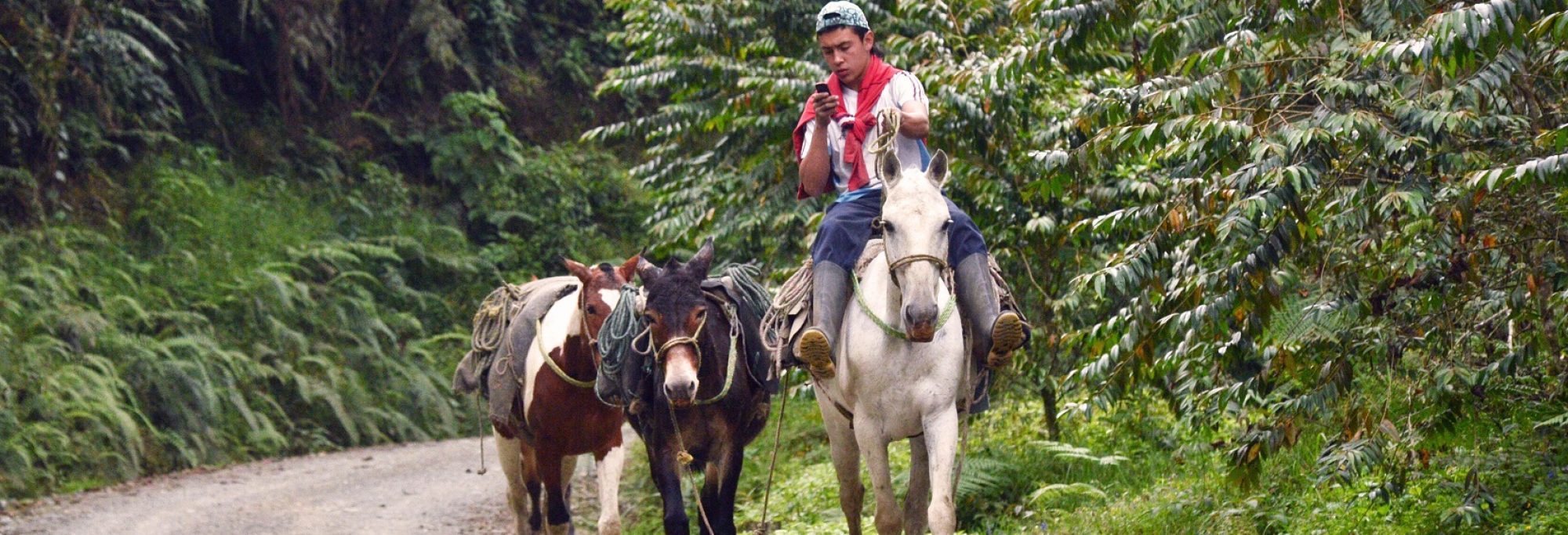Patagonia’s endangered huemul has its share of predators. Pumas, foxes, and the occasional poacher are expected, but a new threat has become a hounding concern in Chile’s Aysen region. Dogs belonging to residents living near Lake Cochrane are killing young fawns, and injuring and sometimes killing adult huemul.
The huemul is a rare creature in the Patagonian landscape. An Andean deer that bears a strong resemblance to North American deer, the huemul (pronounced weh-MOOL) tends to live in much smaller groups. They are also docile creatures, a characteristic that may have sealed their fate.
“You can almost reach out and touch them,” says Paulo Corti, an animal ecologist and veterinarian at Chile’s Austral University in Valdivia. He’s been tracking huemul populations since 2003 and estimates there are fewer than 2,000 left, living in 12 fragmented populations along the Argentine and Chilean slices of Patagonia, the largest of which lives in Chile.
Since the arrival of Europeans in the 1500s, the huemul population has been in slow decline. Once abundant from central Chile to Tierra del Fuego, hunting initially cut huemul numbers in half. Now, the patchy Patagonian forests they inhabit are continually being converted to farmland.
Though he is currently working on five ongoing studies throughout Patagonia, Corti’s priority is a group of huemul in the Lake Cochrane National Reserve in southern Chile. In the past four years, this population has gone from 45 individuals down to around 30. Though his team can’t say with certainty if this decline is purely cyclical, they are especially worried right now about threats from dogs.
“The dogs attacking the huemul in the Lake Cochrane region are all from the town of Cochrane,” says Corti. “They’re dogs with first and last names.”
The small town of Cochrane sits on the two-laned Carretera Austral, or Southern Highway, at the foot of the steep hills of Lake Cochrane National Reserve. Most of the 3,000 residents raise sheep and cattle or farm crops.
Any visitor to Chile will report seeing vast numbers of dogs on streets, sometimes traveling in large packs. But curbing the numbers of street dogs, or wild dogs, in Chile is a contentious issue. Corti says they’re untouchable and getting people to responsibly control their own dogs is a difficult challenge. “It’s a very long-term change. What we need is immediate change.”
In late September, huemul experts from Argentina and Chile convened in Valdivia, Chile, to make a comprehensive list of threats to the huemul’s survival. They suggested various techniques to slow the huemul’s decline, such as restoring and protecting more habitat, and improving connectivity between protected areas. The meeting led to the development of a formal “Binational Plan of Action for the Conservation of the Southern Huemul.”
But educating dog owners about their pets is surely one of the chief protection strategies. Says Corti: “Almost all of the dogs entering the reserve [near Cochrane] have owners, but Chileans are irresponsible with their mascots. Obviously, the dogs are hungry because their owners don’t feed them and let them freely roam.”
Photo – courtesy of Paulo Corti
Originally published on 12/14/11 at Patagon Journal
